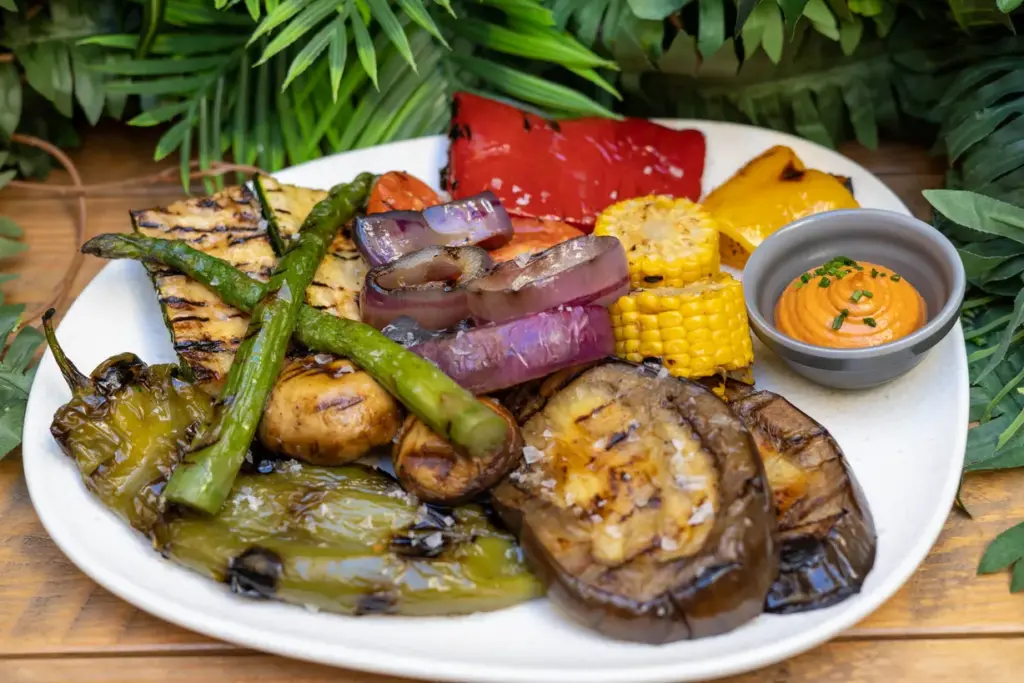Exploring Peruvian Cuisine: Ceviche, Lomo Saltado, and More
Peruvian cuisine is a delightful fusion of flavors, influenced by its rich history and diverse culture. From the coastal ceviche to the hearty lomo saltado, Peru offers a gastronomic adventure for every traveler. This article will take you on a culinary journey through Peru, highlighting its iconic dishes and the unique ingredients that make them so special.
The Rich History of Peruvian Cuisine
Peruvian cuisine has a history that dates back thousands of years. It has been influenced by indigenous traditions, Spanish colonization, African slaves, Chinese immigrants, and Japanese settlers. Each of these cultures has contributed to the development of a rich and diverse culinary landscape that is unique to Peru.
The Incas, who ruled Peru before the arrival of the Spaniards, cultivated crops such as corn, potatoes, and quinoa. Spanish colonization introduced new ingredients like beef, chicken, and dairy products, which were previously unknown in the region. The influence of African slaves, Chinese indentured laborers, and Japanese immigrants further enriched Peruvian cuisine, creating a melting pot of flavors.
Ceviche: The National Dish of Peru
Ceviche is perhaps the most famous Peruvian dish. It consists of raw fish marinated in freshly squeezed key lime or bitter orange juice, with sliced onions, chili peppers, salt, and pepper. The acidity of the citrus “cooks” the fish, resulting in a dish that is both refreshing and flavorful. Ceviche is typically served with side dishes such as boiled corn, sweet potato, or toasted corn kernels.
There are many variations of ceviche throughout Peru, each with its own unique twist. In the northern coastal city of Piura, for example, ceviche is often made with black clams. In the Amazon region, you might find ceviche made with freshwater fish. Regardless of the variation, ceviche remains a beloved and iconic dish in Peruvian cuisine.
Lomo Saltado: A Fusion of Cultures
Lomo Saltado is a popular Peruvian dish that exemplifies the country’s fusion cuisine. It is a stir-fry that combines tender slices of beef with onions, tomatoes, and a dash of soy sauce. The dish is usually served with a side of rice and French fries, showcasing a blend of Peruvian and Asian influences. This melding of flavors reflects Peru’s history of Asian immigration, particularly Chinese and Japanese.
The key to a delicious Lomo Saltado is high-quality ingredients and the right technique. The beef should be tender and flavorful, and the vegetables should be fresh and crisp. The soy sauce adds a savory umami flavor that complements the natural sweetness of the tomatoes and the slight heat from the onions. Lomo Saltado is a hearty and satisfying dish that captures the essence of Peruvian cuisine.
Ají de Gallina: Creamy and Spicy
Ají de Gallina is a traditional Peruvian dish made with shredded chicken in a rich, creamy sauce. The sauce is made from ají amarillo (yellow chili pepper), cheese, milk, and bread. The result is a flavorful dish with a smooth and slightly spicy sauce, typically served with rice, boiled potatoes, and olives.
This dish, like many in Peru, has its roots in Spanish cuisine but has been adapted to include local ingredients. The ají amarillo gives the sauce its distinctive yellow color and a unique flavor that is both spicy and fruity. Ají de Gallina is a comforting and delicious dish that is perfect for a hearty meal.
Anticuchos: A Taste of the Andean Tradition
Anticuchos are skewers of marinated meat, typically beef heart, that are grilled to perfection. This dish has its roots in the Andean tradition but has been embraced throughout Peru. The marinade usually includes vinegar, cumin, ají peppers, and garlic, giving the meat a rich and complex flavor.
Anticuchos are often served with boiled potatoes and a tangy sauce made from ají amarillo. They are a popular street food in Peru, especially during festivals and celebrations. The combination of the tender, flavorful meat and the spicy, tangy sauce makes anticuchos a must-try for any traveler exploring Peruvian cuisine.
Pachamanca: A Culinary and Cultural Experience
Pachamanca is a traditional Peruvian dish that dates back to the Inca Empire. It is a feast of various meats, potatoes, and vegetables that are slow-cooked in an underground oven. The oven is made by creating a pit in the ground and heating stones with a fire. Once the stones are hot, the food is placed on top, covered with more hot stones, and then buried with earth to cook slowly.
The result is a succulent and flavorful meal that is often enjoyed during special occasions and festivals. Pachamanca is more than just a dish; it is a cultural experience that brings people together to share in the preparation and enjoyment of the meal. It is a testament to the ingenuity and resourcefulness of the indigenous people of Peru.
Tiradito: A Peruvian Sashimi
Tiradito is a Peruvian dish that is often compared to Japanese sashimi. It consists of thinly sliced raw fish, similar to sashimi, but it is dressed with a spicy sauce made from ají amarillo, lime juice, and a touch of garlic. Tiradito represents the influence of Japanese immigrants on Peruvian cuisine, combining the delicate flavors of sashimi with the bold and spicy elements of Peruvian cooking.
The key to a great tiradito is the freshness of the fish. It is typically made with white fish such as sea bass or flounder. The sauce adds a tangy and spicy kick that enhances the natural flavors of the fish. Tiradito is a light and refreshing dish that is perfect for a warm day.
Peruvian Desserts: Sweet Treats to End Your Meal
Peruvian cuisine is not just about savory dishes; it also offers a variety of delicious desserts. One popular dessert is Suspiro a la Limeña, a rich and creamy dessert made from sweetened condensed milk, eggs, and sugar, topped with a light meringue. It is a sweet and indulgent treat that perfectly balances the richness of the milk with the lightness of the meringue.
Another beloved dessert is Mazamorra Morada, a thick pudding made from purple corn, fruits, and spices. The purple corn gives it a unique color and flavor, while the fruits and spices add depth and complexity. Mazamorra Morada is often enjoyed with rice pudding, creating a delightful contrast of flavors and textures.
Why You Should Travel to Peru
Exploring Peruvian cuisine is just one of the many reasons to travel to Peru. The country is rich in history, culture, and natural beauty. From the ancient ruins of Machu Picchu to the vibrant city life of Lima, there is something for everyone in Peru.
Traveling to Peru allows you to immerse yourself in a unique culinary experience. You can taste the traditional dishes, learn about the history and culture behind them, and even take cooking classes to bring a piece of Peru home with you. The flavors of Peruvian cuisine are sure to leave a lasting impression and create cherished memories.
In addition to its delicious food, Peru offers stunning landscapes, from the high Andean mountains to the lush Amazon rainforest. Whether you are an adventure seeker or a culture enthusiast, Peru has something to offer. The warm and welcoming people of Peru will make your trip even more special, sharing their traditions, stories, and of course, their incredible food.
So pack your bags and get ready for a culinary adventure in Peru. Discover the flavors, history, and culture that make Peruvian cuisine so unique and unforgettable. Your taste buds will thank you, and you’ll create memories that will last a lifetime.



